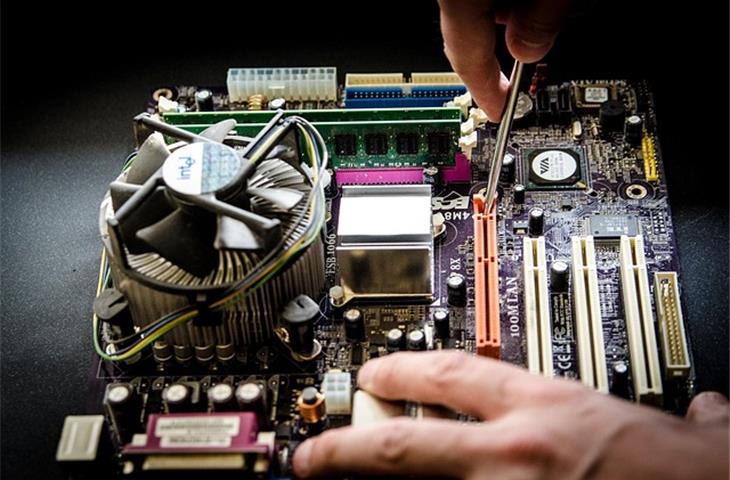The pivotal role of gate hinge hardware within the construction and upkeep of gates cannot be overstated, providing not only utility but enduring resilience. These hardware elements guarantee effortless gate operation whilst enduring rigorous testing under varying climatic conditions. In this in-depth exploration, we shall delve into numerous facets of gate hinge hardware encompassing its classifications, installation procedures, periodic maintenance protocols, and prevalent complications.
Relating to the classification of gate hinge hardware, we find:

1. Hinge Pins and Collars: These integral components serve to link the hinge to the gate and post, available in diverse dimensions and materials like stainless steel, brass, and galvanized steel, assuring uninterrupted functionality.
2. Hinge Plates: These flat metallic plates offer a robust foundation for the hinge pins to anchor securely onto the gate and post, varying in shape and size according to the gate’s design and weight.
3. Hinge Assemblies: Pre-fabricated packages comprising hinge pins, collars, and plates, these kits expedite swift and straightforward installation.
4. Compression Springs: Employed in high-capacity gates, compression springs mitigate the force needed to operate the gate, maintaining equilibrium and preventing binding.
Moving forward to the installation of gate hinge hardware, it is imperative to execute each step meticulously to ensure the longevity and optimal function of your gate. The following steps should be followed:
1. Measurement and Marking: Prior to installation, ascertain the distance between the gate and the post, marking the positions for attachment of the hinge plates.
2. Drilling Holes: Utilize a drill to create holes in the gate and post at the designated spots for the hinge plates. Ensure the holes are appropriately dimensioned to accommodate the hinge pins and collars.
3. Attachment of Hinge Plates: Insert the hinge pins and collars into the holes and affix the hinge plates to the gate and post utilizing bolts and nuts.
4. Adjustment of Hinge Hardware: Post-installation, fine-tune the hinge hardware to ensure seamless gate operation. This might necessitate tightening or loosening the bolts and collars.
Concerning the maintenance of gate hinge hardware, regular upkeep is indispensable to stave off wear and tear and ensure the gate’s optimal functionality. The following maintenance guidelines should be observed:
1. Inspection of Hinge Hardware: Periodically scrutinize the hinge hardware for indications of rust, corrosion, or damage. Substitute any worn-out or damaged components promptly.
2. Cleaning of Hinge Hardware: Cleanse the hinge hardware, particularly the hinge pins and collars, to eliminate dirt, debris, and grime, thereby reducing friction and enhancing gate performance.
3. Application of Lubrication: Apply a lubricant, such as WD-40 or petroleum jelly, to the hinge pins and collars to diminish friction and deter rust and corrosion.
Common challenges encountered with gate hinge hardware despite diligent installation and maintenance include:
1. Gate Binding: If your gate encounters difficulty in opening or closing, it could be due to rusted or worn-out hinge hardware. Clean and lubricate the hinge hardware, or replace worn-out components when necessary.
2. Gate Sagging: A sagging gate could result from loose hinge hardware or an uneven post. Examine the hinge hardware and tighten any loose bolts. If the post is uneven, contemplate replacing it or installing a support post.
3. Rust and Corrosion: Rust and corrosion can undermine hinge hardware leading to gate binding. Regularly inspect and clean the hinge hardware, applying a protective coating when necessary.
4. Hinge Breakage: Occasionally, the hinge may fracture due to excessive use, substandard installation, or a manufacturing defect. Replacing the fractured hinge with a new one, ensuring correct installation and maintenance, is recommended.
In summary, gate hinge hardware forms a critical element within the construction and maintenance of gates. By comprehending the array of hinge hardware types, adhering to correct installation methods, and abiding by maintenance protocols, you can safeguard your gate’s functionality and longevity. Regular inspections and prompt repairs can circumvent common issues and sustain the smooth operation of your gate.

